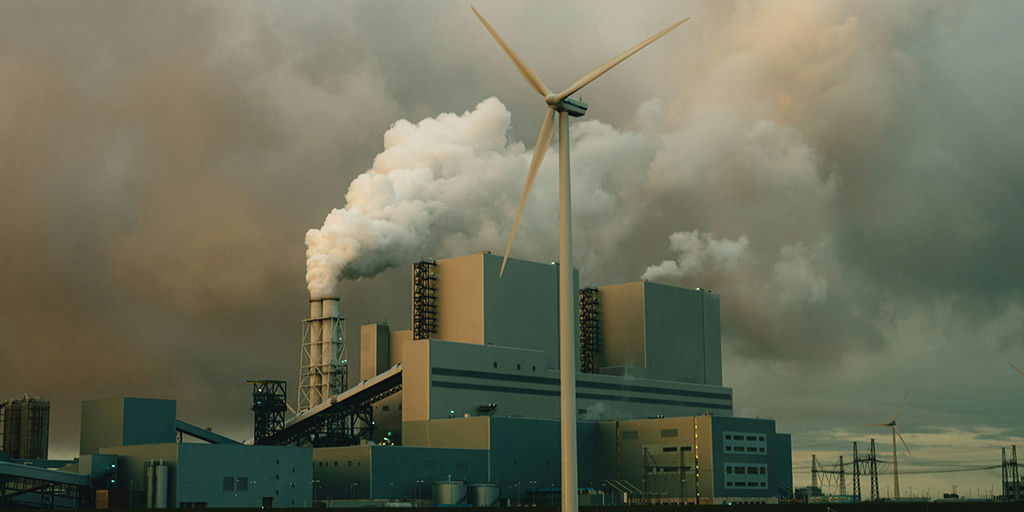Clock Ticking for EV, Clean Energy Tax Credits

Image Source: Ernest Ojeh/Unsplash
The “One, Big, Beautiful Bill” that President Donald Trump signed into law in July leaves just months for consumers to claim tax credits for purchasing electric vehicles and make clean energy improvements to their homes.
These programs were initiated or enhanced through then-President Joe Biden’s landmark Inflation Reduction Act of 2022. Their imminent elimination through the tax reconciliation bill is not a surprise, given Trump’s long-held antipathy for both clean energy programs, as well as for his onetime political foe and his continued promotion of the fossil fuels that are driving climate change. But the impact will be massive.
“The bill will raise energy costs and make it harder to keep the lights on,” said Steven Nadel, executive director of the nongovernmental American Council for an Energy-Efficient Economy (ACEEE), in a prepared statement after the Senate passed the legislation on July 1. “No one asked Congress to make their energy bills even higher. Taking away incentives for energy-saving improvements would raise monthly bills for families and businesses. It will only exacerbate the growing strain on the electric grid. And the bill goes out of its way to encourage automakers to produce inefficient cars that are costly to fuel.”
Among the programs coming to an end:
Electric Vehicle Tax Credits Vehicles purchased after Sept. 30, 2025, will not qualify for the credits. The program, which provided up to $7,500 in federal income tax credits for purchasing a new EV or $4,000 for used vehicles, had been scheduled to continue until at least Dec. 31, 2032. (Earth Hero published an explainer on the program, which you can find here.)
Domestic sales of EVs rose by nearly 5% in the second quarter of 2025 from the preceding three-month period, to 310,839. This may signal that consumers are moving quickly to buy the vehicles before the incentives expire, Cox Automotive senior analyst Stephanie Valdez Streaty said in a market update. However, the future is less promising, according to Streaty: “With government-backed incentives set to end in September and economic pressures mounting, the second half of the year will be a critical test of EV demand. Q3 will likely be a record, followed by a collapse in Q4, as the electric vehicle market adjusts to its new reality.”
Significant numbers of lower-and middle-class consumers will not be able to afford electric vehicles without the credits, noted Ingrid Malmgren, senior policy director for the advocacy organization Plug In America, told the Associated Press. That puts them back in the market for gasoline-powered automobiles—in 2023, U.S. motor gasoline and diesel fuel use for U.S. transportation is believed to have emitted nearly 1.5 million metric tons of energy-linked carbon dioxide, nearly one-third of the energy sector total, according to the federal Energy Information Administration.
Residential Clean Energy Credit This program offers federal tax credits equal to 30% of the cost for eligible preparation, assembly, or installation of the following home clean energy projects: solar, wind, or geothermal power generation; solar water heaters; fuel cells; and battery storage technology.** **Originally scheduled to continue at least until 2034, the program now ends at the end of 2025. For the 2023 tax year, $6.3 billion in Residential Clean Energy Credits were claimed through over 1.2 million tax returns—a $5,084 per-return average, the U.S. Treasury Department said last year. By far the most common project was rooftop solar, claimed on 752,300 tax returns for 2023.
Energy Efficient Home Improvement Credit This program provided up to $2,000 annually in tax credits for installing heat pumps, heat pump water heaters, and biomass stoves or boilers into homes. Separately, homeowners could receive a maximum of $1,200 annually for installation of energy-efficiency improvements, residential energy expenditures, and home energy audits. This program was planned to continue at least until 2032, but now expires on Dec. 31, by which time energy-efficiency products must be “placed in service”.
For the 2023 tax year, $2.1 billion in Energy Efficient Home Improvement Credits were claimed through more than 2.3 million tax returns—an $882 per-return average, according to the Treasury Department. That included 267,780 claims for heat pumps and 488,050 for central air conditioners. (Read Earth Hero’s explainer on residential energy tax credits here.)
“With or without the tax credit, these improvements bring energy savings that lower energy bills,” ACEEE Director of Federal Policy Lowell Ungar told Wired magazine. “In some cases, improvements are going to be a no-brainer regardless.”
The ACEEE has a comprehensive list of energy efficiency programs slashed by the One, Big, Beautiful Bill.
There are still many transportation actions individuals can use to reduce their carbon emissions. Earth Hero offers a list of actions here.

